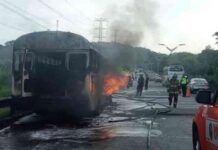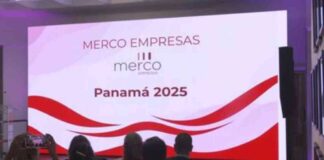Alcoy Implements Two Systems for the Implementation of Low Emission Zone
Alcoy is making progress in establishing the Low Emission Zone (ZBE). The City Council has completed the installation of two systems for its implementation: one for controlling parking in loading and unloading areas and another for managing public parking lots through AI. These are two measures included in the project for managing complementary areas for the implementation of the Low Emission Zone, which is supported by the Ministry of Transport, Mobility, and Urban Agenda (MITMA), under the Recovery, Transformation, and Resilience Plan (PRTR) funded by the European Union-Next Generation.
According to the Sustainable Mobility Councilor, Jordi Martínez, «these two projects, which complement the work being done to have low emission areas, allow us to control both public surface parking areas and spaces reserved for loading and unloading operations, making their use more efficient and providing real-time information to users.»
In terms of parking areas, six parking areas in different points of the city are monitored. 382 spaces in all of the deterrent zones are monitored using a camera system that analyzes images and processes them using artificial intelligence. These cameras cover the entire parking space to process images and provide information to citizens about the availability of parking spaces.
For areas designated for loading and unloading activities, a pilot project has been implemented to control parking time, monitor user behavior, and manage them to improve rotation and therefore the availability of loading and unloading parking spaces in the area.
These two actions have involved an investment of 195,903.53 euros (including VAT) and are part of the line for the implementation of the Low Emission Zone in Alcoy, which as a whole has received a grant of 2,670,098.16 euros from European funds.
Furthermore, the Alcoy City Council will commission a study to assess the implementation of new measures for the Low Emission Zone (ZBE). After completing almost all projected measures in the first phase, and with a second phase to be carried out in the coming months, the City Council now needs a diagnosis of the current situation, as well as pollution measurements, to propose new actions if necessary.















